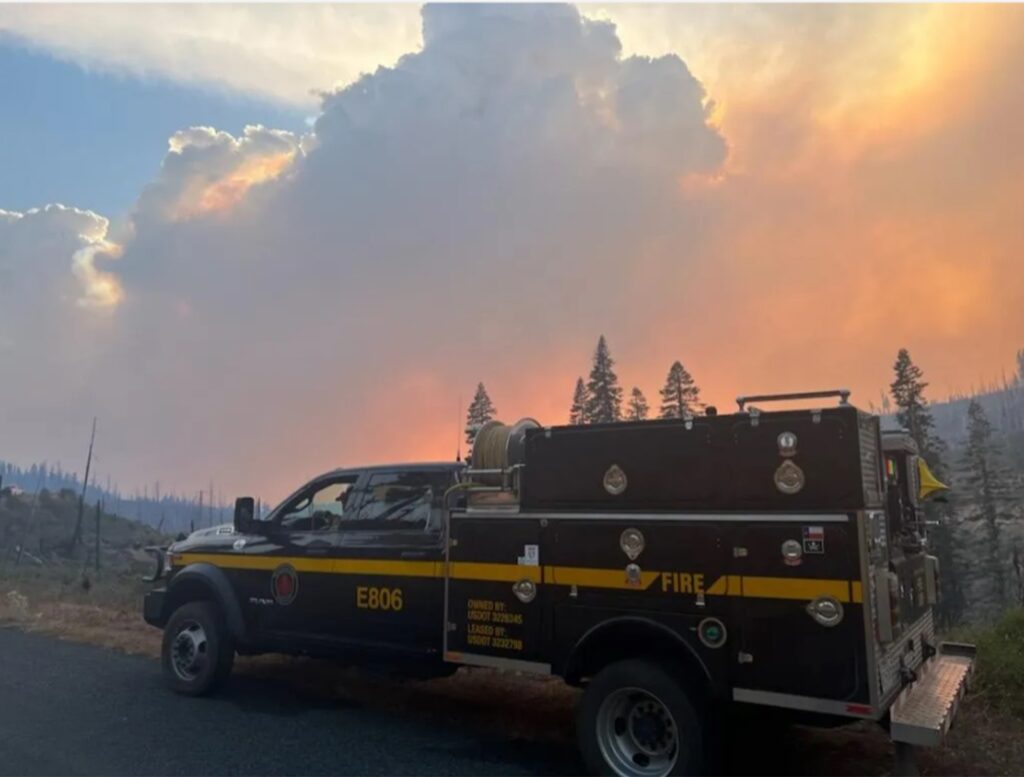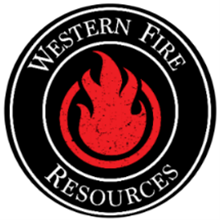
Western Fire Resources provides 3 important services including wildfire suppression, wildfire modelling, and fuels mitigation. Thank you for visiting our site.
Wildfire Suppression
Western Fire Resources provides the premier firefighting resources in wildland fire contracting. With 24 years of federal, state, local, and private firefighting experience, owner Derrick P. Holdstock set out in 2018 to create a company that would be employee-centered and would possess a combination of the best characteristics from the many outfits he has worked for and with. Watch the video to see our BFX Fire Apparatus Model 643U type 6 engines.
Wildfire Modelling
Millions of dollars in property are lost annually to wildfires, yet technology exists that can be used to identify where risk is likely to occur and to help design the most cost-effective fuels treatments to mitigate those risks. That is just one of the things Western Fire Resources can do for you. Whether you own property, insure property, or represent a governmental entity responsible for minimizing wildfire risk to communities, we can help you gain a better understanding of wildfire risk and what you can do about it.
Fuels Mitigation
Western Fire Resources is your obvious choice for wildland fire fuels mitigation. We specialize in Wildland Urban Interface (WUI) fuels treatments to achieve NFPA’s Firewise USA standards of home protection. We can also clear fencelines and right-of-ways, as well as install hand firelines for future prescribed fires or general fire protection in terrain not conducive to heavy equipment.

